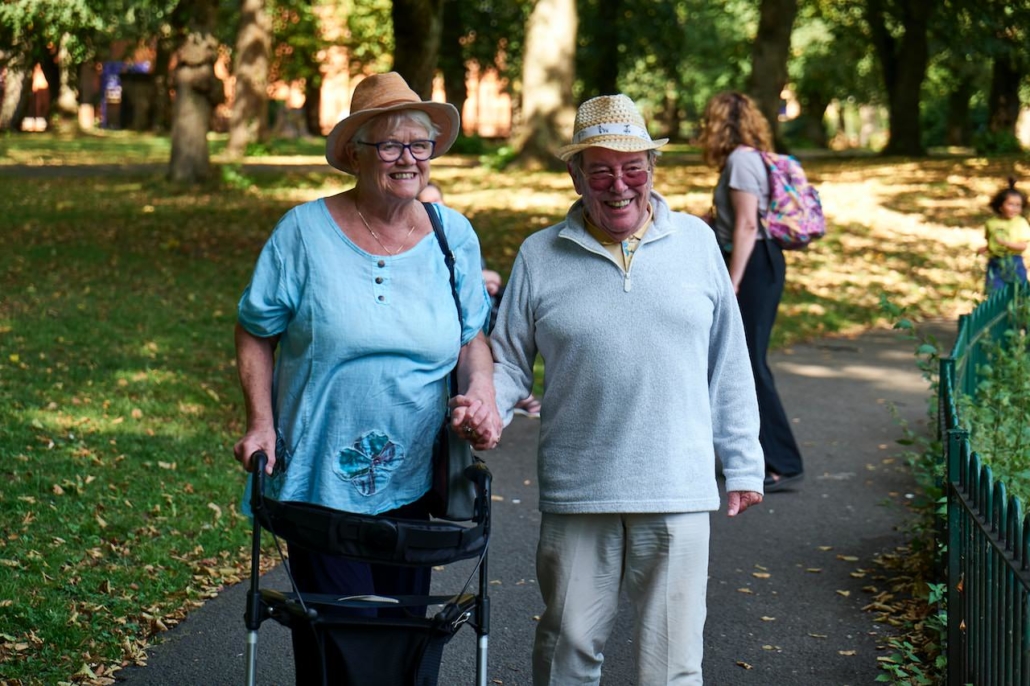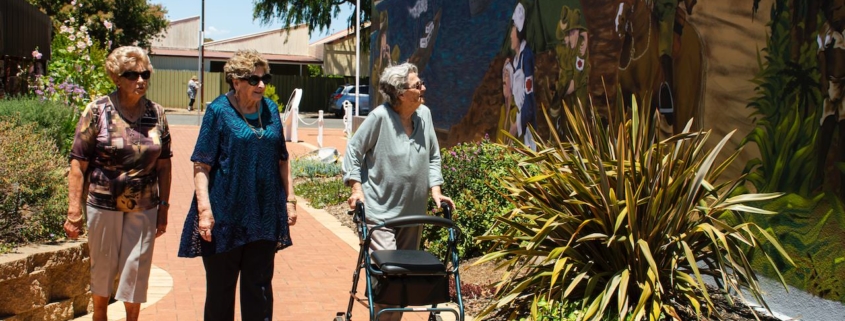Falls are common in the elderly and their frequency increases with age. They are a leading cause of injury, hospitalization and institutionalization and therefore have a significant financial impact. Falling can be a significant burden for individuals, their families, and society in general.
Balance and gait require a coordinated interplay of several systems in order to achieve planning, execution and control of movement. All senses come into play and give the information to the central nervous system regarding the environment and the surroundings. The coordination of the neurological and muscular systems is paramount in order to achieve postural control and safe movement. Age-related changes such as muscle weakness, decreased sensory input (poor vision and hearing, decreased proprioception etc) impair the performance of the systems responsible for gait, balance and movement.
Common risks for falls include intrinsic and extrinsic factors that can occur alone or in combination and contribute to the increased frequency of falls. Some important intrinsic risk factors are cognitive impairment, malnutrition, low blood pressure on standing, Parkinson’ s disease, previous falls, depression, urinary incontinence etc. Some extrinsic risk factors include various medications (antihypertensive, psychotropic, diuretics), poor lighting, loose rugs, slippery surfaces, tripping hazards, lack of handrails, ill-fitted footwear etc.

Almost 10% of falls result in a fracture or head injury and a significant percentage of fallers suffer from moderate or severe injuries that reduce mobility and functional independence. Falls are a risk for premature death and the 12-month risk of mortality after being hospitalized for a fall is approximately 50%. Even if a fall does not result in serious injury, it may still have serious implications for the subject and his family. The fear of falling can result in social isolation, increase feelings of loneliness and also increase the risk of another fall. Half of those who fall do so repeatedly.
Many people and even health professional accept falls as a normal part of aging. This wrong attitude may not allow careful assessments and interventions that may decrease the health, social and financial implications of falls. Falls should be considered as symptoms of frailty and not as a disease themselves. Early identification of changes in gait, movement, functional performance and fall risk factors, allows the timely implementation of individualized interventions to maintain or improve mobility and functional independence and reduce fall rates.
Since the cause of falls is multifactorial, the interventions required should be multifactorial as well. Most interventions are simple and cheap. A careful review of prescribed medications and the elimination of the ones that may contribute to falls is a first step that needs to be done by the physician in charge. Use of the correct walking aids, home safety alterations like rails, good lighting, removal of loose rugs, the positioning of ramps to even out various levels etc are some of the measures required to reduce the risk of falls. Physical exercise, Tai Chi or yoga may also help coordination and confidence. The overall aim is to maintain or improve mobility and functional independence and reduce fall risk and fall rates.



